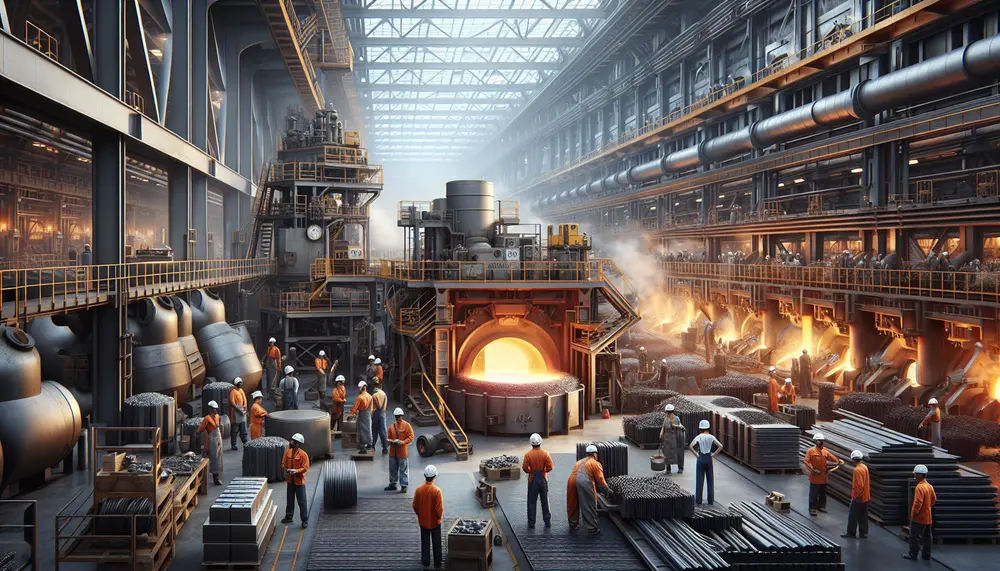Grinding
Grinding
Einführung in das Grinding
Beim Thema Steel production and steel trade kommt man um den Begriff Grinding nicht herum. Aber was bedeutet "Grinding" genau? In einem einfachen Satz beschrieben, ist Grinding das Verfahren zum Glätten und Verbessern der Oberflächenbeschaffenheit von Stahl.
Warum ist Grinding wichtig?
Die Wichtigkeit von Grinding kann nicht genug hervorgehoben werden. Es ist ein entscheidender Prozess, der Stahl eine gleichmäßige, glatte Oberfläche verleiht. Ohne die Schleiftechnik wäre der Stahl rau und könnte keine optimalen Ergebnisse bei der Weiterverarbeitung erzielen. Darüber hinaus verbessert Grinding auch die Widerstandsfähigkeit des Stahls gegen Korrosion.
Wie funktioniert Grinding?
Grinding funktioniert durch die Anwendung von Schleifscheiben, die aus schweren industriellen Materialien bestehen. Diese Schleifscheiben drehen sich mit hoher Geschwindigkeit und "reiben" so gegen die Stahloberfläche. Dabei werden Unregelmäßigkeiten und Unreinheiten entfernt, was zu einer glatteren und saubereren Oberfläche führt.
Fazit
Zum Schluss möchten wir Ihnen noch ein wichtiges Detail mitteilen: Grinding ist nicht nur eine Technik sondern eine Kunst. Sie erfordert Geschick, Präzision und ein tiefes Verständnis der Materialoberflächen. Nur durch professionelles Grinding kann Stahl sein volles Potenzial entfalten und die hohen Erwartungen in der Stahlproduktion und dem Stahlhandel erfüllen.
Blog Posts with the term: Grinding
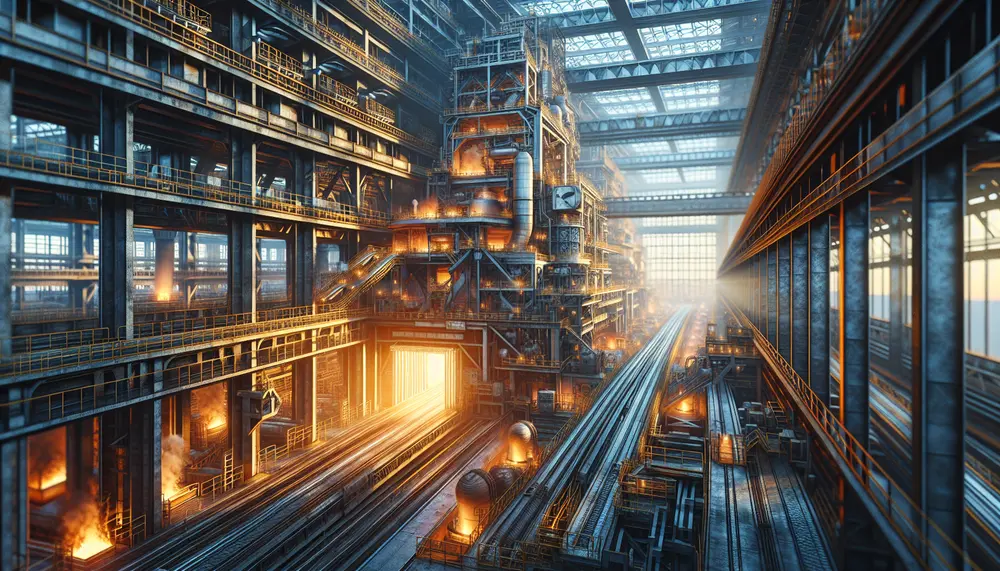
Steel making is a sophisticated process that turns iron ore into steel, involving methods like the Blast Furnace and Electric Arc Furnace to produce various grades of steel. The industry emphasizes sustainability by using additives and recycled materials while ensuring...
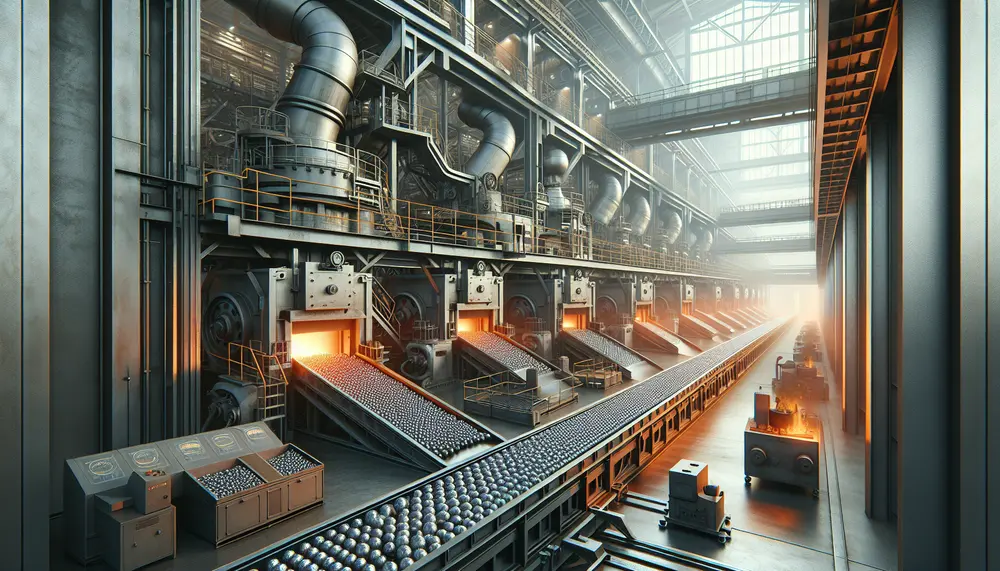
The manufacturing of steel balls is a complex process involving precise steps to produce high-quality products for various applications. It starts with selecting the right raw materials and includes forging, flashing, heat treating, grinding, lapping, and rigorous inspections to ensure...
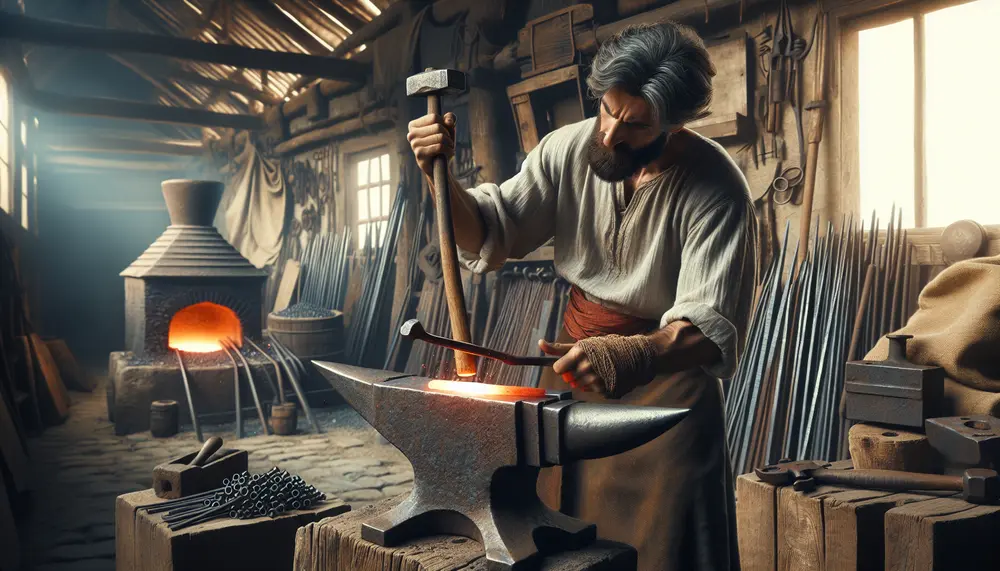
Japanese steelmaking blends ancient traditions with modern innovations, producing some of the world's finest steel. This article explores its rich history from early Tatara furnaces to advanced techniques today, highlighting the craftsmanship and enduring legacy of Japanese steel production....
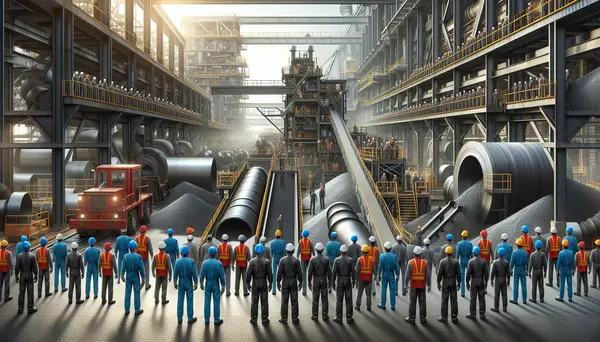
The article provides an in-depth look at the metal production process, from mining and refining ores to primary forming and secondary processes like heating, forming, cooling. It also explores different types of metal production methods including forging, casting, drawing/forming/machining, extrusion/cutting,...
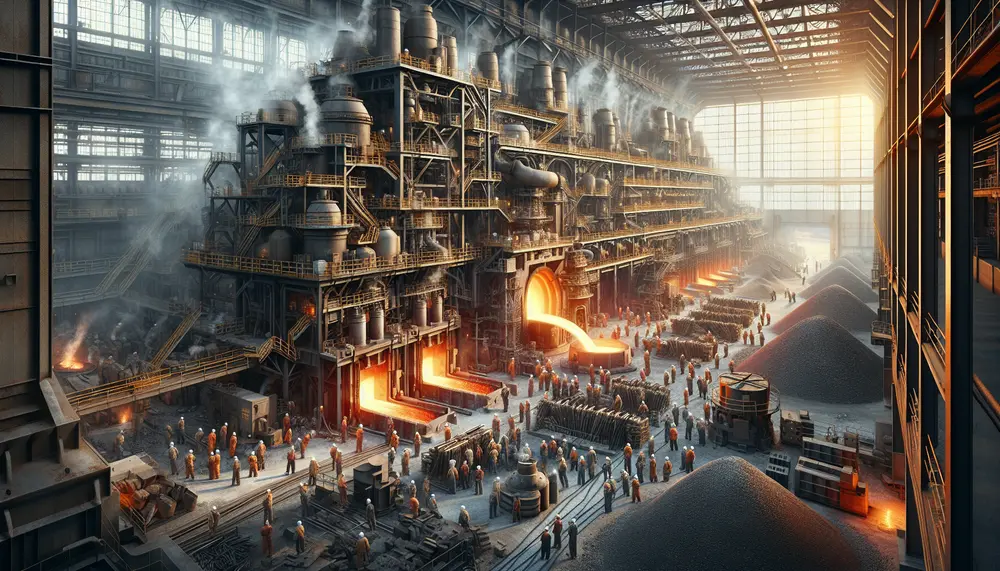
The article provides a comprehensive guide on steel making ore, detailing its types, extraction methods, and the importance of quality in producing high-grade steel. It emphasizes that understanding these aspects is crucial for improving efficiency and product quality in the...
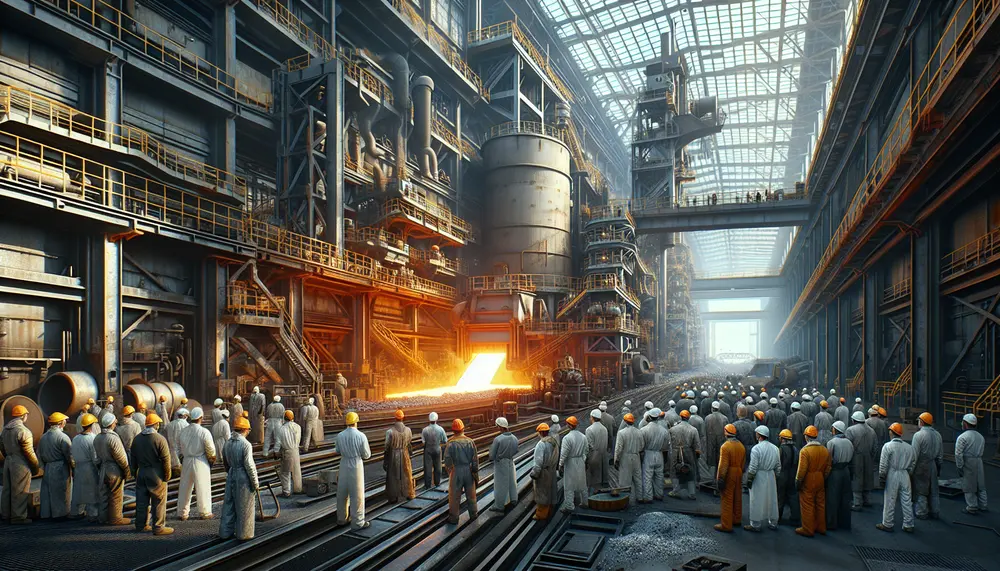
The article provides an in-depth look at the steelmaking process, covering its history from ancient methods to modern techniques like the Bessemer and Siemens-Martin processes. It details key stages such as raw material preparation, primary and secondary steelmaking, casting, shaping,...
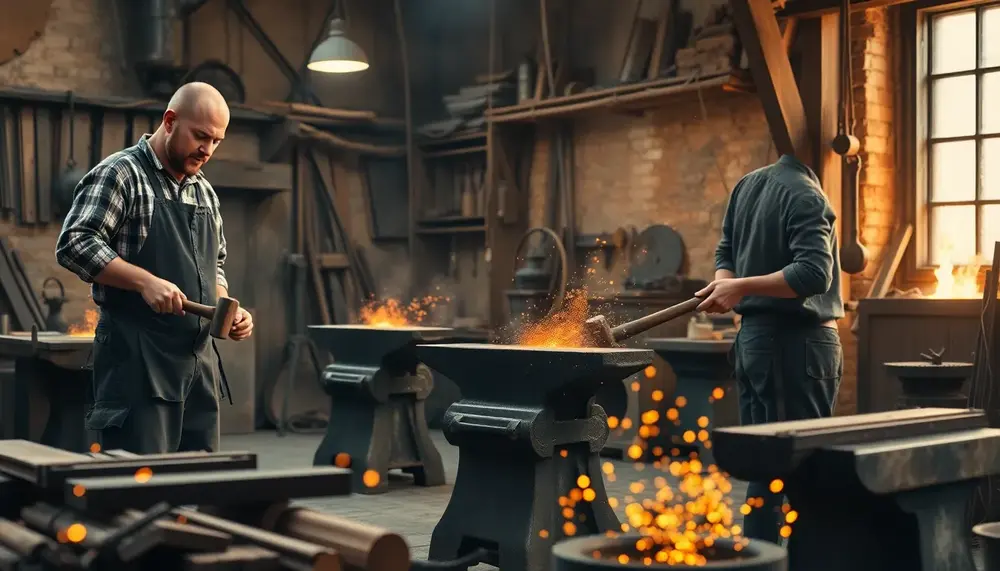
Modern Damascus steel combines layered, contrasting steels and precise forging to create blades that are both visually striking and technically superior. Success relies on careful material selection, temperature control, pattern engineering, safety measures, and attention to detail at every step....
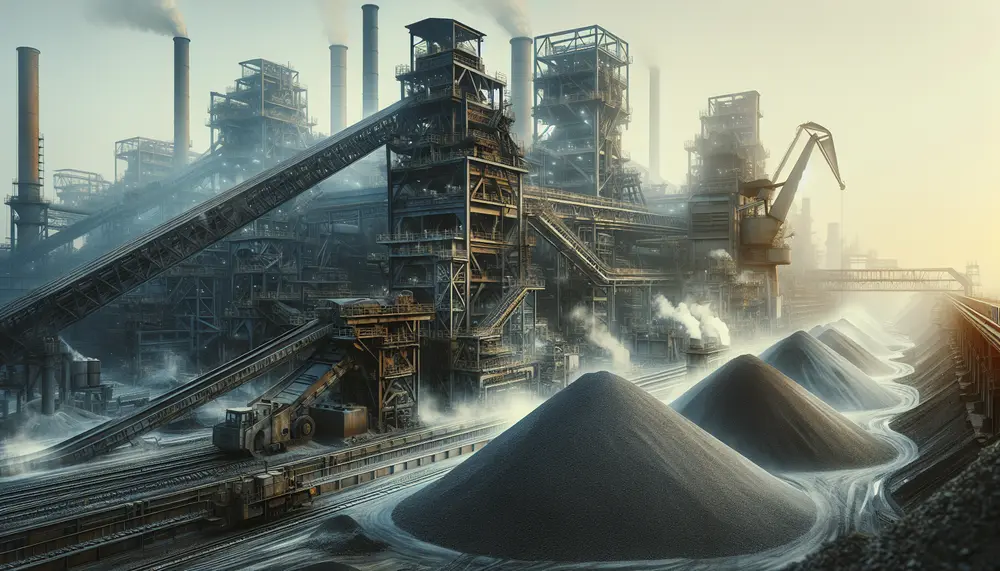
Steel slag, a byproduct of steel production with significant potential for various industries, is economically and environmentally important due to cost savings and reduced carbon footprint through recycling. It can be processed into materials comparable or superior to conventional raw...
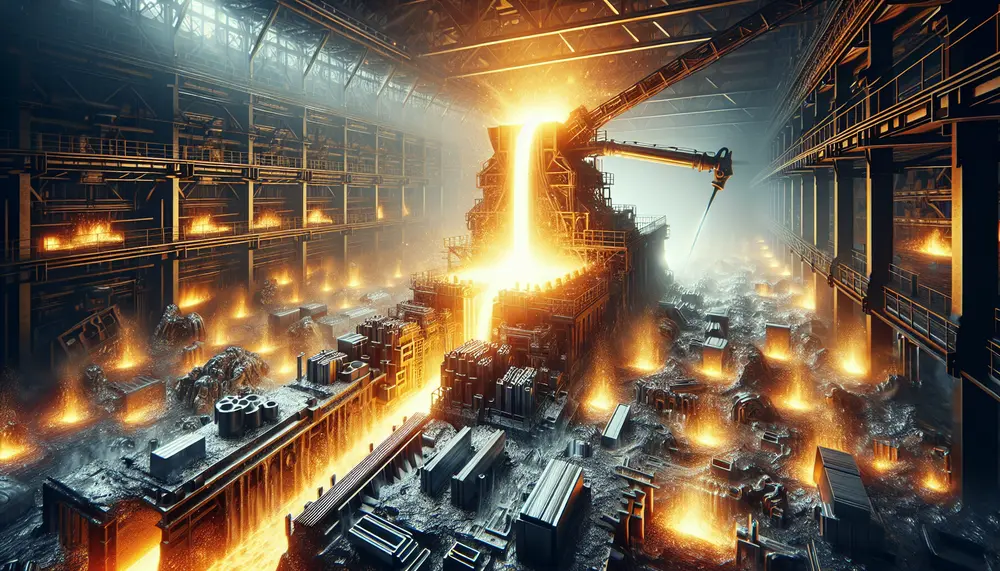
The steel production casting process involves melting raw materials, refining the molten metal, and pouring it into molds to shape solid products with controlled cooling to prevent defects. The variety of cast steels is determined by carbon content and alloying...
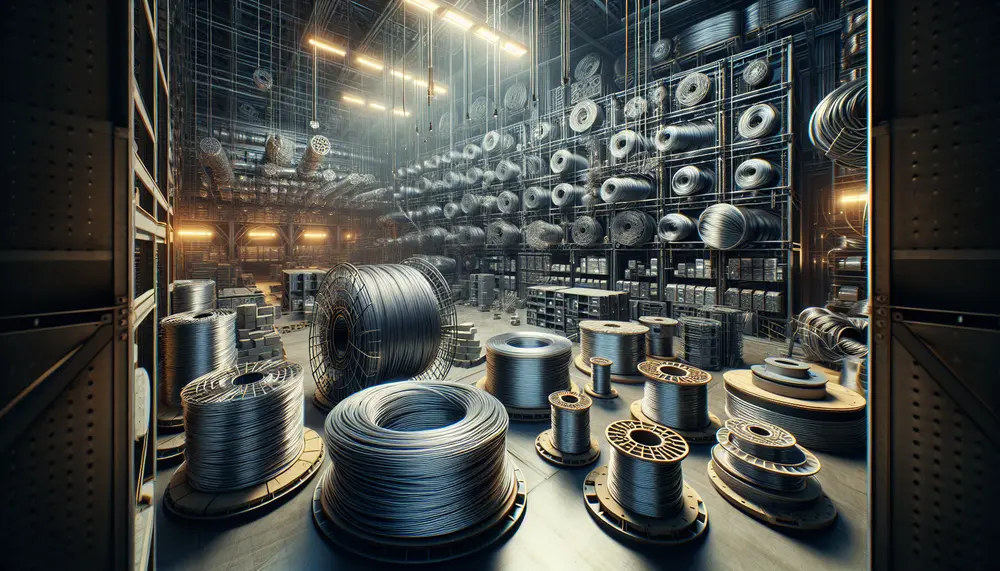
Steel wire products are known for their strength, durability, and flexibility, making them essential in various industries. They can be customized into different shapes and sizes using modern technology and made from various steel grades to meet specific needs across...
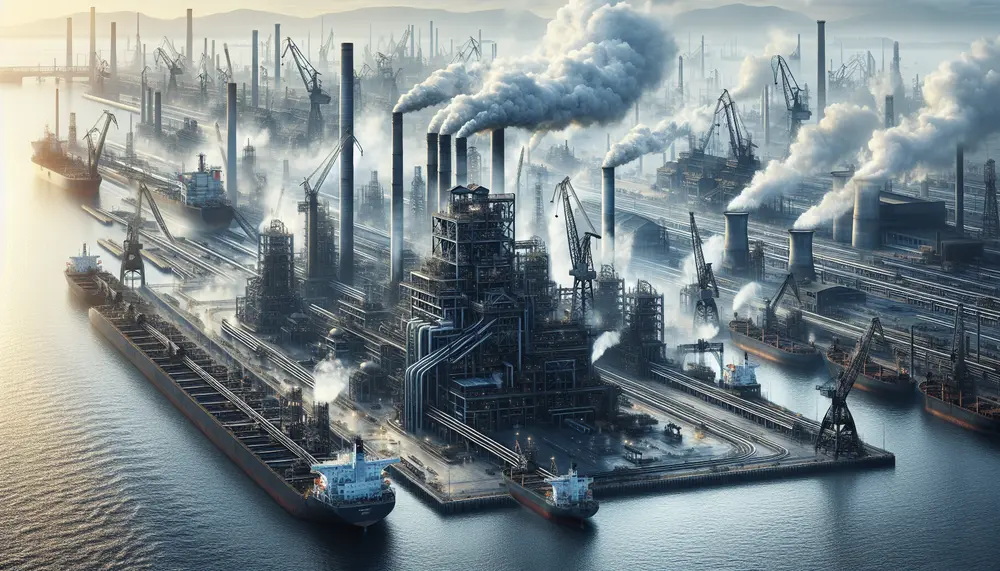
Steel production is dependent on the import of key raw materials like high-quality iron ore, coking coal, and scrap metal from countries with substantial reserves. Understanding these import needs is vital for maintaining supply-demand balance in this globally interconnected industry...
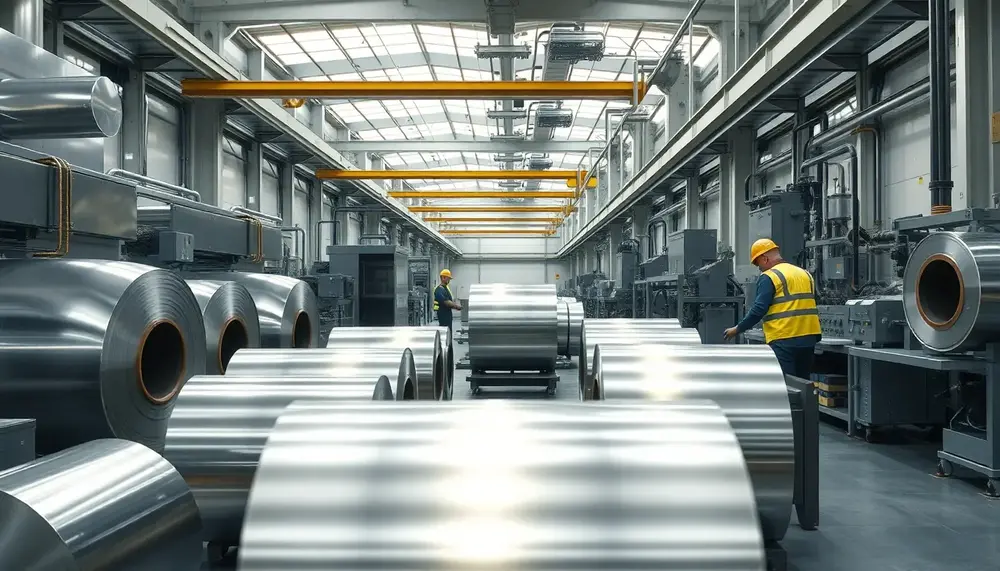
A well-structured PowerPoint on stainless steel manufacturing uses clear visuals and icons to simplify complex processes, enhance understanding, and support actionable insights....
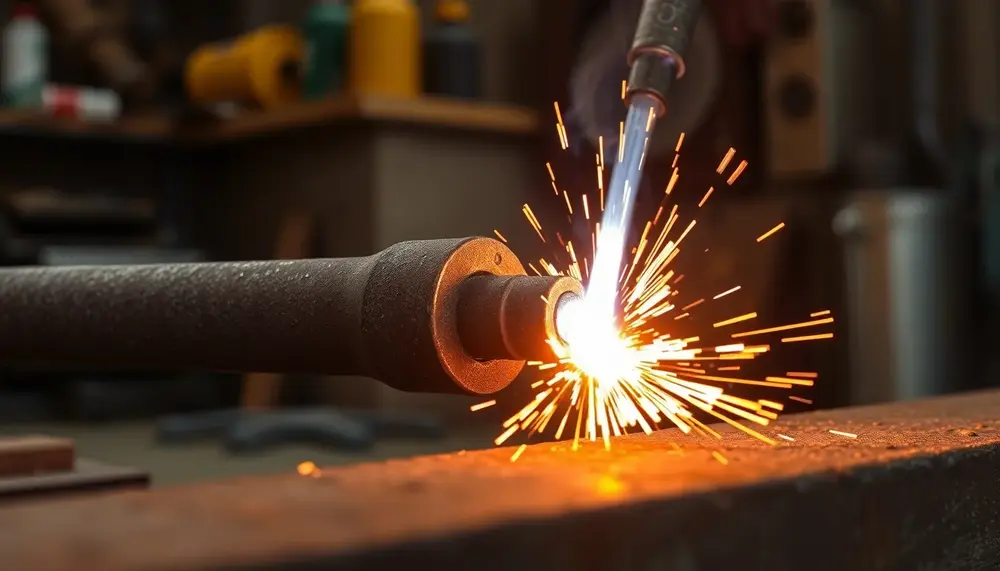
Brazing cast iron to steel is a challenging process due to their differing thermal behaviors, requiring precise preparation, the right filler material like bronze, and proper use of flux. Success depends on careful cleaning, gradual preheating, and maintaining controlled temperatures...
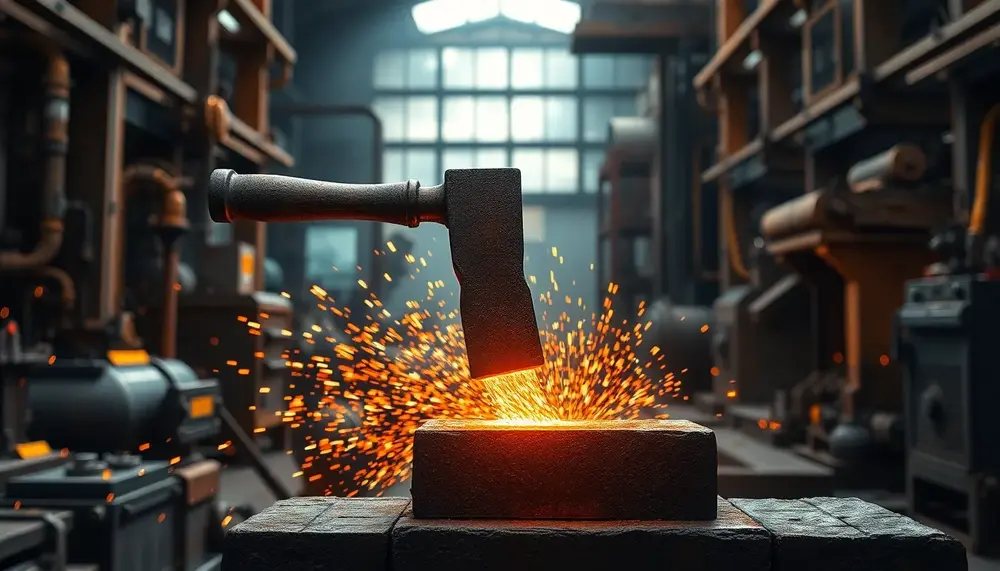
Steel making hammers are essential tools designed for durability, precision, and efficiency in metalworking processes, with various types tailored to specific tasks. Choosing the right hammer type and material ensures enhanced productivity, longevity, and craftsmanship quality in steel forging applications....

